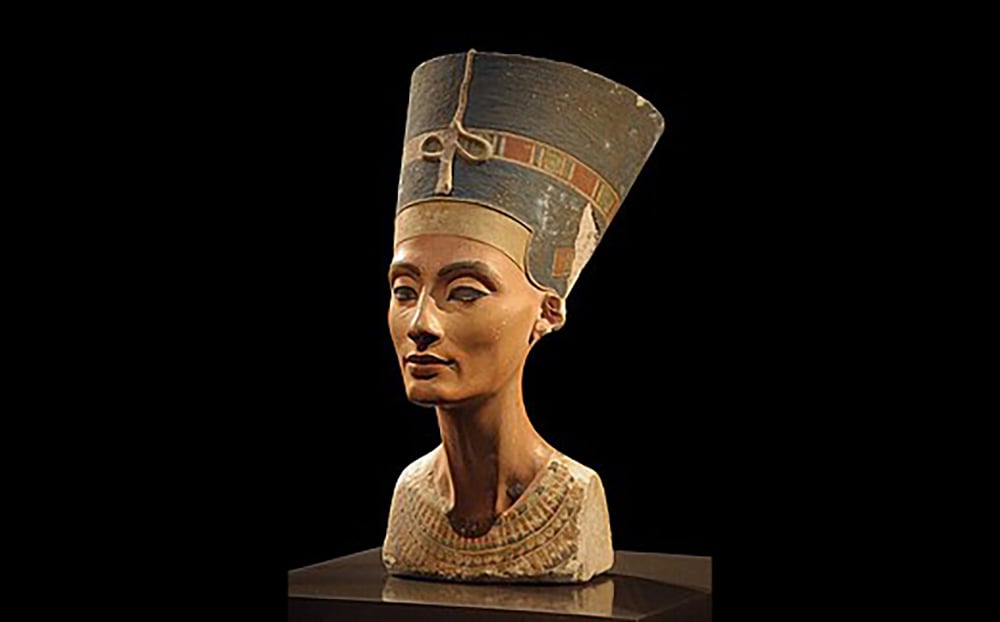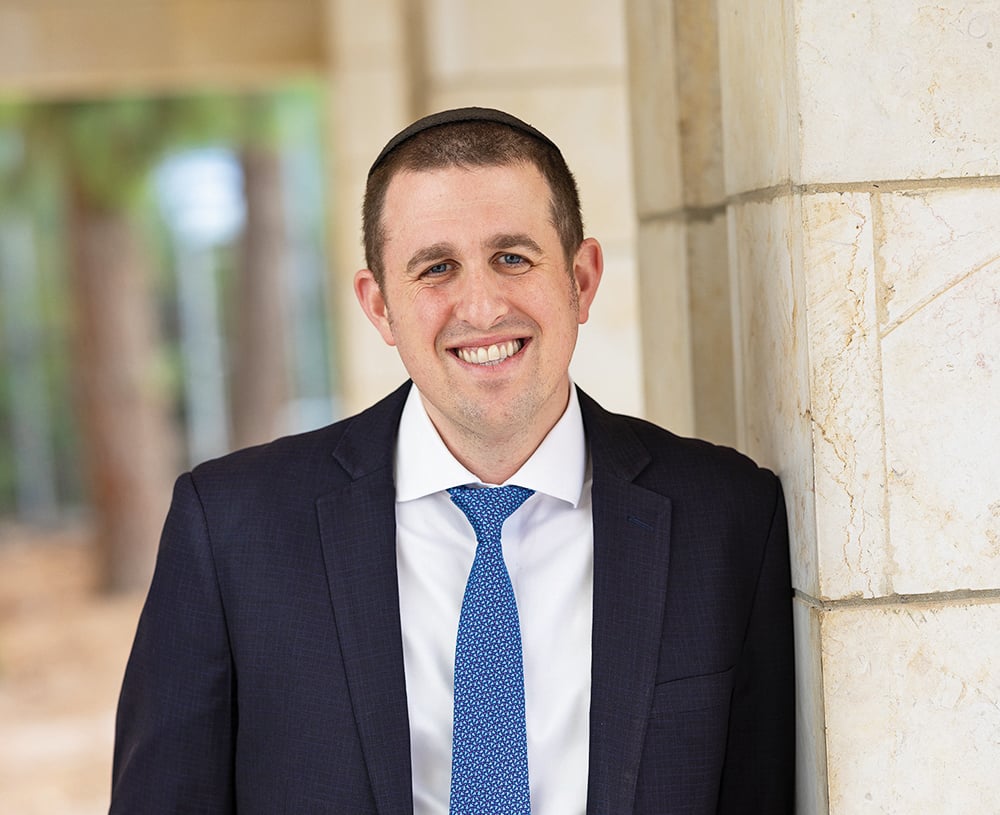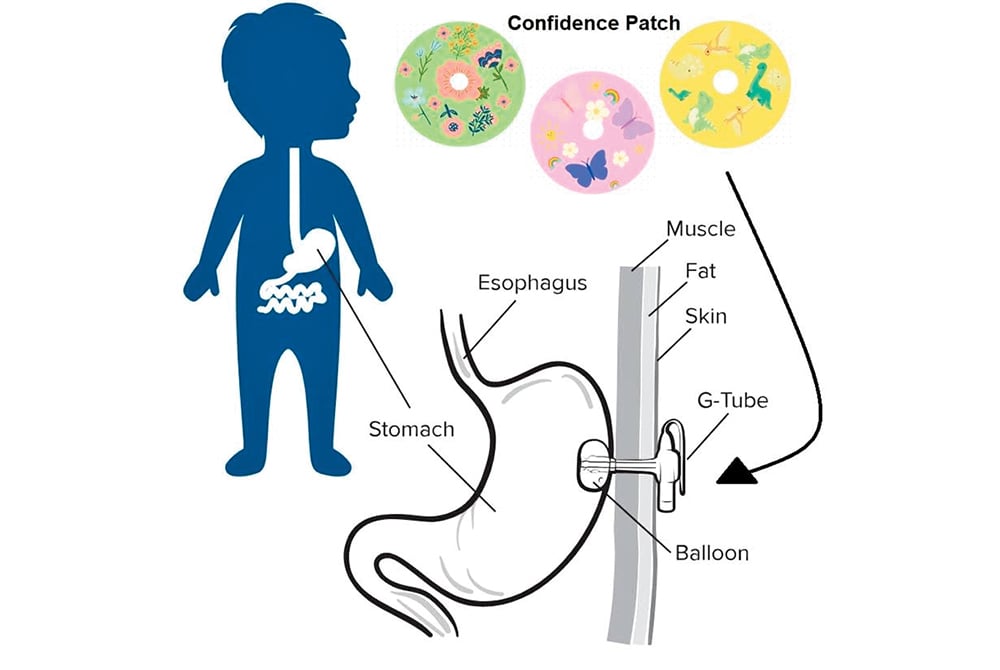Pesachim 43a
The purpose of this article is to provide a general outline of the laws of chametz and should not be used as an answer to practical questions, which should be referred to your halachic authority.
What is chametz? What are the various categories of chametz? Does the prohibition of chametz on Pesach apply also to nonfood products? Can medication containing chametz be taken on Pesach? Can vitamins produced with no Pesach supervision be used? What about liquid medicine such as cough mixture? May one use rubbing alcohol? May one eat egg matzah?
There are five types of grain that can become chametz. They are wheat, spelt, barley, oats and rye. They are prohibited on Pesach if they come into contact with water for a prescribed period of time after they have been cut off from the ground. Matzah is made of flour and water mixed together for a period of time not long enough to permit the fermentation process to begin. There are three opinions as to how long it takes for such fermentation to begin. According to the Shulchan Aruch, fermentation sets in after 18 minutes, according to Rashi after 22.5 minutes, and according to the Rambam after 24 minutes. All agree, however, that if the mixture of flour and water become heated, fermentation may happen sooner, even immediately. Accordingly, in order to avoid fermentation, the matzah-baking process must be rapid.
The prohibition of chametz on Pesach means that chametz may not be eaten or enjoyed, may not be owned or possessed and must be removed from one’s premises. The biblical prohibition applies to pure chametz—chametz be’ayin—as well as to mixtures that contain pure chametz. There is another type of chametz the rabbis forbid one to eat or possess on Pesach called chametz nuksheh. Chametz nuksheh includes spoiled or decomposed chametz that can only be eaten with difficulty and is not normally eaten at all. An example would be bookbinders paste made of flour and water. Chametz nuksheh also includes mixtures of five grains and moisture where the fermentation process began but was not completed. An example of this type of chametz nuksheh is flour mixed with fruit juice and water because it will never completely ferment. Included also in the category of chametz nukshch is egg matzah. That is why the Rema prohibits, except in extenuating circumstances, such as sickness or old age, the consumption of egg matzah on Pesach because it is baked from dough made from flour, fruit juice and water.
There is yet another type of chametz to which the chametz prohibition does not apply, namely chametz that was unsuitable for human consumption before Pesach. Examples would include chametz that was so burned or became so moldy before Pesach that even a dog would not eat it—nifsal me’achilat kelev. May a person who wants to eat chametz, which everybody else finds inedible, do so? According to the Rosh he may not, because by eating it he demonstrates—achshevei—that it is indeed edible and therefore it is prohibited chametz.
According to many poskim, including Rabbi Moshe Feinstein and Rabbi Ovadia Yosef, one may take medicine on Pesach to alleviate pain suffered by the entire body, even if it contains chametz, because it is nifsal me’achilat kelev. The principle of achshevei does not apply here because a person does not take medicine for food, but rather for relief. Coated tablets need to be analyzed before they can be taken. If the coating is made of legumes, kitniyot, as is often the case with dextrose and certain types of starch, they may be used. For the same reason, unsweetened vitamin tablets can be eaten without having been supervised for Pesach. Liquid medicine, such as cough medicine, is more problematic because many contain grain alcohol, which is pure chametz. Isopropyl alcohol, such as rubbing alcohol, may be used on Pesach because it is derived from petroleum and not from grain. Ethyl alcohol is more problematic because it is derived from the fermentation of starch and carbohydrates and may be made from the five grains. Many poskim rule that there is no problem using creams and ointments that contain grain alcohol. Of course, in life-threatening situations all medicines may be used, and in any event, a rabbi should always be consulted.
Raphael Grunfeld, a partner at the Wall Street law firm of Carter Ledyard & Milburn LLP, received semichah in Yoreh Yoreh from Mesivtha Tifereth Jerusalem of America and in Yadin Yadin from Rav Dovid Feinstein, ztz’’l. This article is an extract from Raphael’s book “Ner Eyal: A Guide to Seder Nashim, Nezikin, Kodashim, Taharot and Zerayim” available for purchase at www.amazon.com/dp/057816731X and “Ner Eyal: A Guide to the Laws of Shabbat and Festivals in Seder Moed” available for purchase at https://www.amazon.com/Eyal-Guide-Shabbat-Festivals-Seder/dp/0615118992. Questions for the author can be sent to [email protected].













